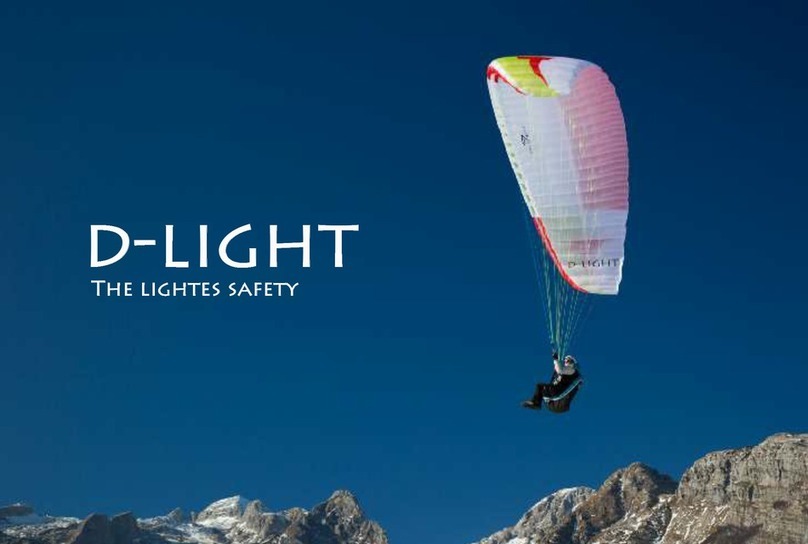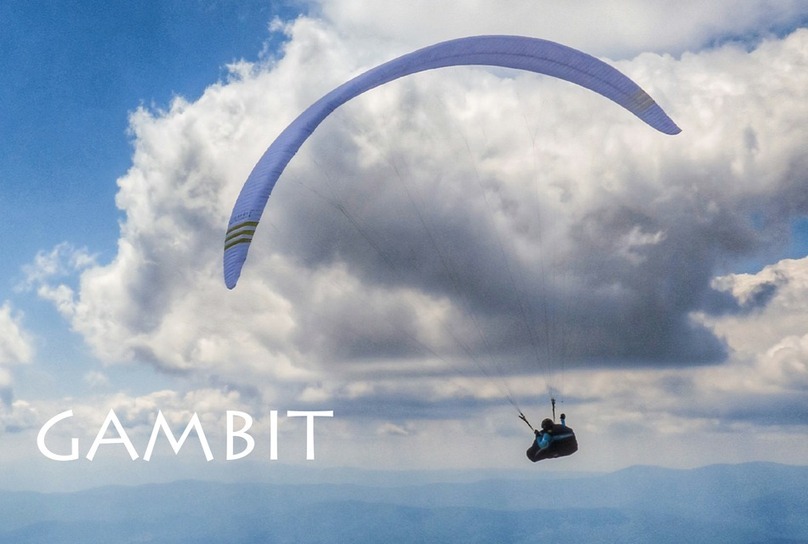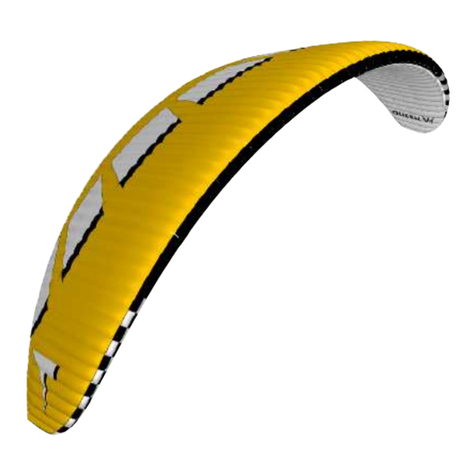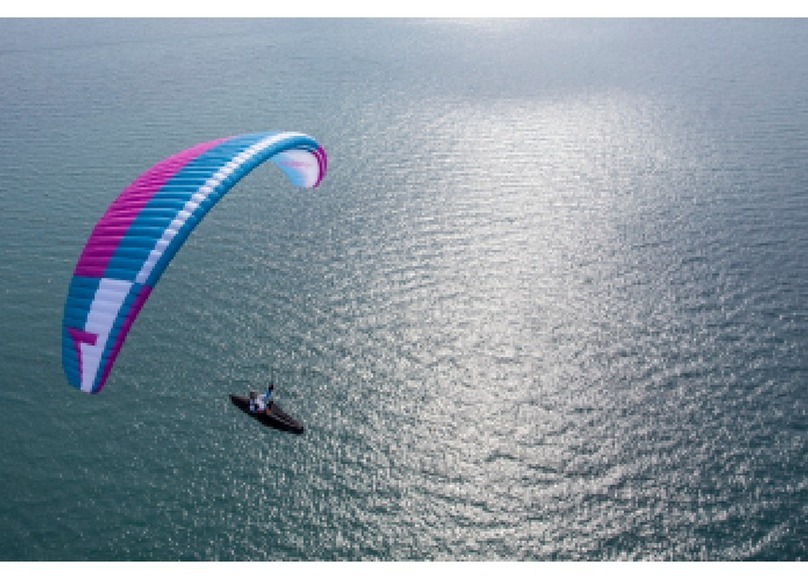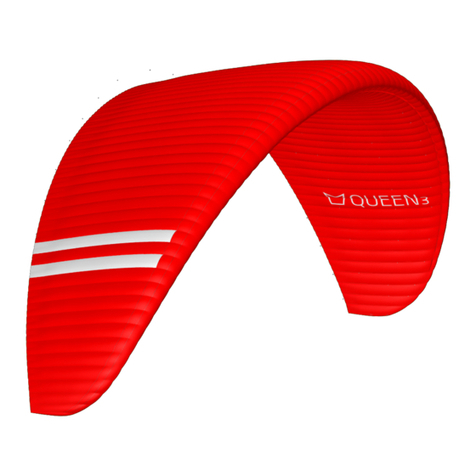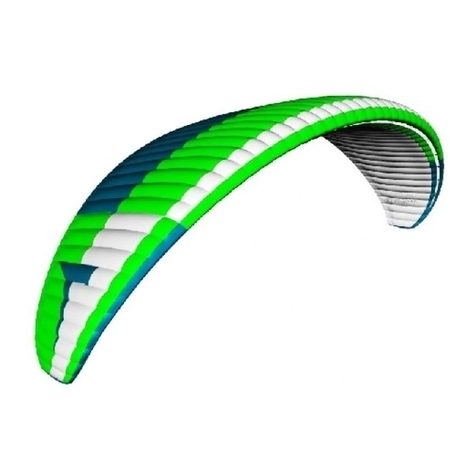
Introduction
Welcome
Welcome to the Triple Seven Team! We are excited that
you have chosen to y the ROOK, as we are condent
that this glider will be the next step in your piloting career.
We wish you exciting ying adventures!
Triple Seven Mission
Our company’s goal is to produce high quality products
and technologically innovative gliders of all types and
classes. We are striving to develop state of the art
paragliders, with the optimum compromise between
safety and performance, produced in Europe.
Your success is our inspiration, our goal is your success.
Manual
This document contains complete product information
and instructions to familiarize you with the main
characteristics of your new glider. It contains instructions
on how to use and maintain the wing, however, its
purpose is not to serve as learning material to pilot this
kind of wing. As such, this is not a ying manual. Flying
instructions can only be taught by ying schools and
specially certied instructors.
It is important that you take time to read this manual
carefully before the rst ight, as thorough knowledge of
your equipment enables you to y safely and to maximize
your full potential. If you lend or give your glider to another
pilot, please pass this manual on with it.
If any use of Triple Seven equipment remains unclear
after having read this manual, please contact your local
paragliding instructor, your Triple Seven importer or Triple
Seven. This product manual is subject to changes without
prior notice. Please check www.777gliders.com for the
latest information regarding our products.
Summary
1. 777 XC SUPERSTAR 3
II. Introduction 4
II.i. Welcome 4
II.ii. Triple Seven Mission 4
III. Manual 4
4. ROOK 7
4.1. Designers thoughts 8
4.2. Who is this glider for 9
4.3. Certication 9
5. Before ight 10
5.1. Elements, components 10
5.2. Assembly 10
5.3. Harness 11
5.4. Accelerator settings 11
5.5. Brakes’ adjustments 11
5.6. Weight range 12
5.7. Wing ination 12
5.8. Modications on the glider 12
5.9. Preight safety 12
6. Flying ROOK 13
6.1. First Flight 13
6.2. Preight check equipment 13
6.3. Final preight check 14
6.4. Ination, control, take-o 14
6.5. Line knots or tangles 14
6.6. Normal ight, best glide 15
6.7. Minimum sink 15
6.8. Accelerated ight 15
6.9. Active ying 15
6.10. Flying in turbulence 16
6.11. Fast decent techniques 18
6.12. Winch launch 19
6.13. Aerobatics 19
6.14. Primary controls failure 19
6.15. Landing 19
7. Maintenance 20
7.1. General advice 20
7.2. Packing instructions 20
7.3. Storage 21
7.4. Cleaning 21
7.5. Repair 21
7.6. Checks and control 21
VIII. Packing ROOK 22
9. Technical data 24
9.1. Technical data 26
9.2. Materials description 26
9.3. ROOK risers arrangement 27
9.4. Line plan ROOK 28
9.5. Line lengths ROOK M 29
9.6. Certication specimens 30
X. Safety and responsibility 32
XI. Guarantee 33
XII. Registration information 34
XIII. Get involved 34
XIV. Contact 35
XV.Top 5 XC tips 37
